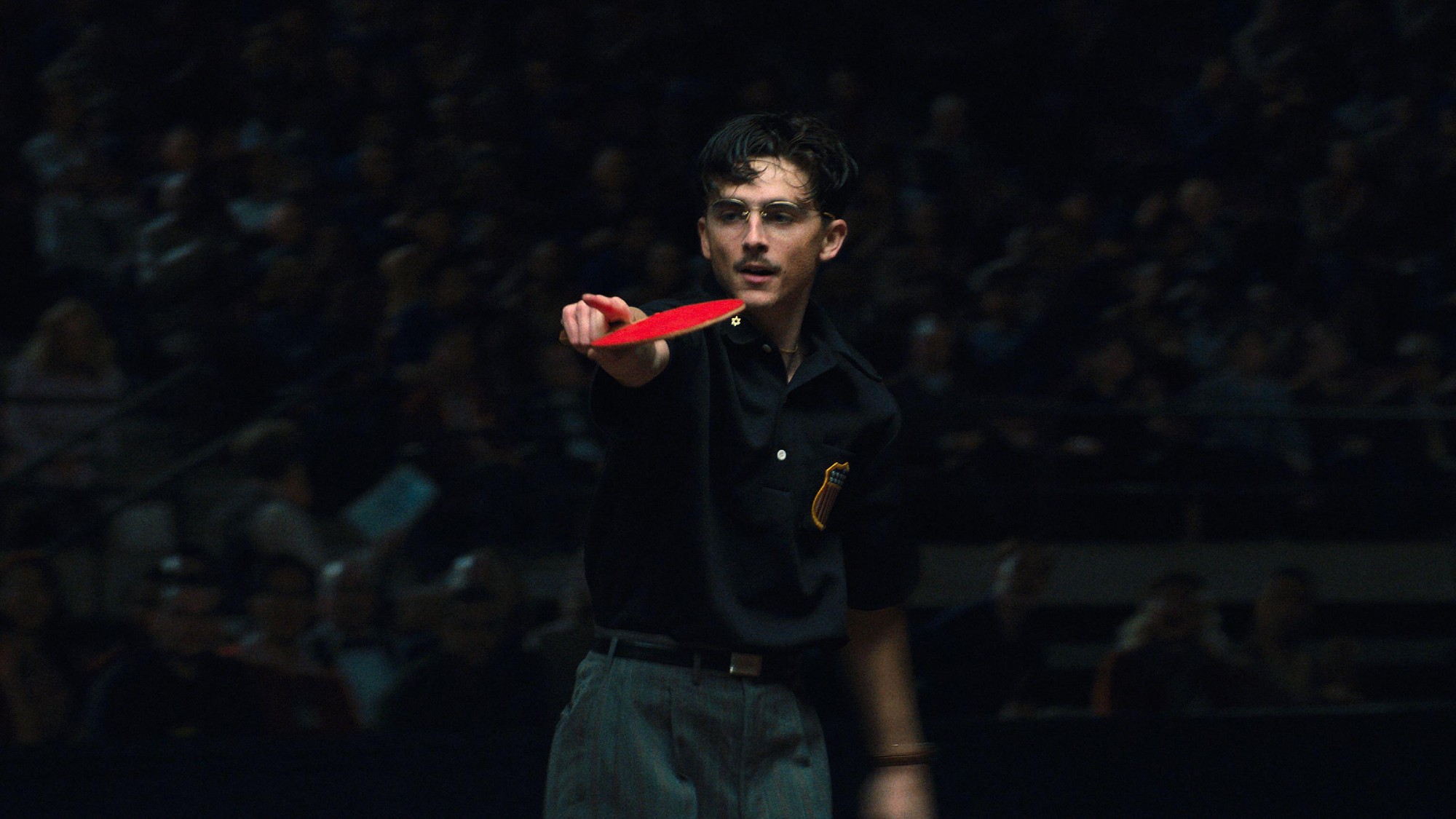Body in Fragments
The Menil Collection’s new exhibition is full of artworks that feature fragmented body parts, from sections of Roman sculpture, to a 15th-century finger reliquary, to René Magritte’s portraits.
The Menil Collection Houston
Through Feb. 28, 2010
The Menil Collection’s new exhibition is meant to seem “a bit creepy,” said Julia Ramey in The Houston Press. Full of artworks that feature fragmented, chopped up, and otherwise jumbled body parts, the show draws in viewers with a dollop of shock value. “There’s everything from disembodied bits of Egyptian sculpture to a 15th-century finger reliquary.” But the exhibition’s high points are drawn from the museum’s own holdings in modern art—particularly surrealism. Pablo Picasso “shattered and then reconstructed the painted female form.” René Magritte’s portraits obscured or eliminated certain body parts (particularly faces), or recombined them in unexpected ways.
The Week
Escape your echo chamber. Get the facts behind the news, plus analysis from multiple perspectives.

Sign up for The Week's Free Newsletters
From our morning news briefing to a weekly Good News Newsletter, get the best of The Week delivered directly to your inbox.
From our morning news briefing to a weekly Good News Newsletter, get the best of The Week delivered directly to your inbox.
This “whirlwind fun-house tour through art history” displays a healthy sense of black humor, said Douglas Britt in the Houston Chronicle. The jokes start with the first work on display, Michelangelo Pistoletto’s Division and Multiplication of the Mirror (1975–79). “A large mirror cut in half lengthwise—frame and all”—it sits in a corner and reflects back fragments of the viewer. Elsewhere in the exhibition, skulls and wigs from pre-revolutionary France sit side by side with African crafts and sections of Roman sculpture—“a torso here, a leg there.” Two hand-shaped curtain loops from the 19th century seem unnecessarily chilling for their pedestrian purpose. And in Robert Gober’s Untitled (1999–2000), a little girl’s “unnaturally long, skinny beeswax legs” hang down into an industrial sink. One emerges from the wall, mysteriously; the other has two feet. It’s the show’s most hauntingly weird work, “hands down.”
A free daily email with the biggest news stories of the day – and the best features from TheWeek.com
-
 The Trump administration says it deports dangerous criminals. ICE data tells a different story.
The Trump administration says it deports dangerous criminals. ICE data tells a different story.IN THE SPOTLIGHT Arrest data points to an inconvenient truth for the White House’s primary justification for its ongoing deportation agenda
-
 Ex-FBI agents sue Patel over protest firing
Ex-FBI agents sue Patel over protest firingspeed read The former FBI agents were fired for kneeling during a 2020 racial justice protest for ‘apolitical tactical reasons’
-
 The real tragedy that inspired ‘Hamlet,’ the life of a pingpong prodigy and the third ‘Avatar’ adventure in December movies
The real tragedy that inspired ‘Hamlet,’ the life of a pingpong prodigy and the third ‘Avatar’ adventure in December moviesThe Week Recommends This month’s new releases include ‘Hamnet,’ ‘Marty Supreme’ and ‘Avatar: Fire and Ash’
-
If/Then
feature Tony-winning Idina Menzel “looks and sounds sensational” in a role tailored to her talents.
-
Rocky
feature It’s a wonder that this Rocky ever reaches the top of the steps.
-
Love and Information
feature Leave it to Caryl Churchill to create a play that “so ingeniously mirrors our age of the splintered attention span.”
-
The Bridges of Madison County
feature Jason Robert Brown’s “richly melodic” score is “one of Broadway’s best in the last decade.”
-
Outside Mullingar
feature John Patrick Shanley’s “charmer of a play” isn’t for cynics.
-
The Night Alive
feature Conor McPherson “has a singular gift for making the ordinary glow with an extra dimension.”
-
No Man’s Land
feature The futility of all conversation has been, paradoxically, the subject of “some of the best dialogue ever written.”
-
The Commons of Pensacola
feature Stage and screen actress Amanda Peet's playwriting debut is a “witty and affecting” domestic drama.